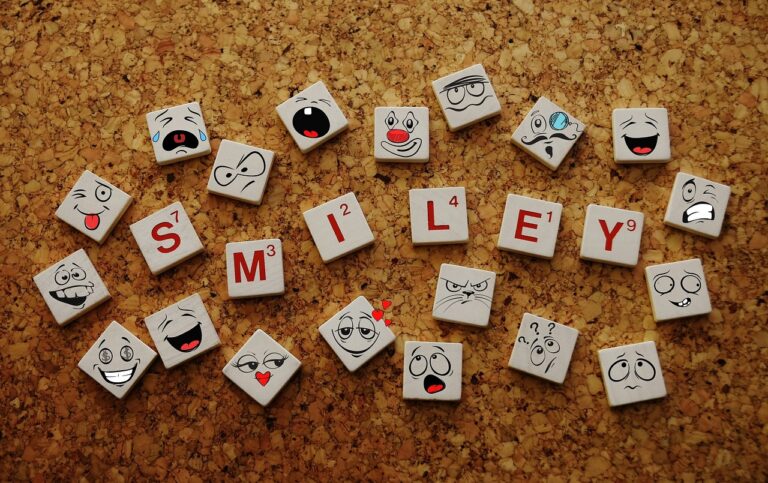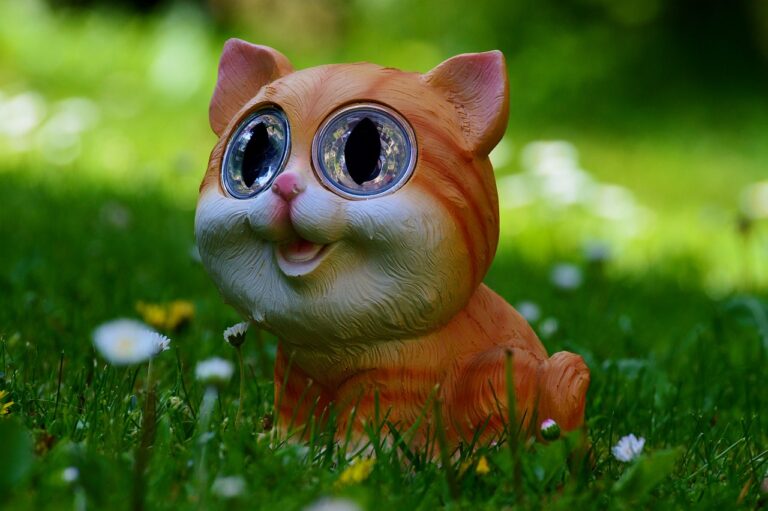The Impact of Holography on Film Production
play 99 exch, lotus bhai, playexch:The Impact of Holography on Film Production
Holography, a cutting-edge technology that creates three-dimensional images, is revolutionizing many industries, including film production. This innovative technology offers filmmakers new creative possibilities, enhances visual effects, and immerses audiences in a whole new level of cinematic experience.
In this article, we will explore the impact of holography on film production, examining how it is changing the way movies are made, from storytelling to visual effects. Let’s dive into the world of holographic filmmaking and discover the exciting new possibilities it brings to the big screen.
The Evolution of Holography in Film Production
Holography has come a long way since its inception in the 1940s. Initially used for scientific and technical purposes, holography has now found its way into the world of entertainment, particularly in film production. The use of holographic technology in movies has opened up a whole new realm of creative possibilities for filmmakers, allowing them to create stunning visual effects and immersive storytelling experiences.
One of the most significant advancements in holographic film production is the ability to create lifelike three-dimensional images that can interact with the environment and characters in a scene. This technology allows filmmakers to seamlessly integrate holographic elements into live-action footage, creating a seamless blend of reality and fantasy on the screen.
Holography has also revolutionized the way visual effects are created in movies. Traditional visual effects techniques often rely on green screens and CGI to create fantastical worlds and creatures. While these techniques can produce impressive results, they can sometimes lack the depth and realism that holographic technology offers.
With holography, filmmakers can create fully immersive environments and characters that feel as though they are right in front of the audience. This level of immersion adds a whole new dimension to storytelling, allowing filmmakers to transport audiences to new and exciting worlds like never before.
The Benefits of Holography in Film Production
The use of holography in film production offers a myriad of benefits for filmmakers, actors, and audiences alike. Some of the key advantages of holography in movies include:
1. Enhanced Visual Effects: Holography allows filmmakers to create highly realistic and immersive visual effects that push the boundaries of what is possible on screen. From lifelike characters to stunning environments, holographic technology adds a new level of realism to film production.
2. Creative Flexibility: Holography gives filmmakers the freedom to experiment with new storytelling techniques and visual styles. With holographic technology, filmmakers can push the boundaries of creativity and create truly unique and innovative cinematic experiences.
3. Improved Production Efficiency: Holography can streamline the production process by eliminating the need for extensive post-production work and expensive visual effects. By incorporating holographic elements into live-action footage, filmmakers can reduce the time and resources required to create stunning visual effects.
4. Enhanced Audience Engagement: Holography enhances audience engagement by creating a more immersive and interactive viewing experience. Audiences are drawn into the story and feel as though they are part of the on-screen action, leading to a more memorable and captivating viewing experience.
5. Cost-Effective Solutions: While holographic technology may initially seem like a costly investment, it can actually save filmmakers money in the long run. By streamlining the production process and reducing the need for extensive post-production work, holography can help filmmakers create high-quality visual effects on a budget.
The Future of Holography in Film Production
As holographic technology continues to evolve, the future of film production looks brighter than ever. Filmmakers are now able to push the boundaries of storytelling and visual effects, creating truly immersive and engaging cinematic experiences for audiences around the world.
In the coming years, we can expect to see even more groundbreaking advancements in holographic film production. From interactive holographic displays to holographic projections, the possibilities are endless. As holography becomes more accessible and affordable, we will likely see a surge in its use in mainstream films, further revolutionizing the way movies are made.
FAQs
1. What is holography?
Holography is a technology that creates three-dimensional images using laser light. These images appear to have depth and can be viewed from different angles, creating a lifelike visual effect.
2. How is holography used in film production?
Holography is used in film production to create realistic visual effects, lifelike characters, and immersive environments. Filmmakers can seamlessly integrate holographic elements into live-action footage, creating a seamless blend of reality and fantasy on the screen.
3. What are the benefits of holography in film production?
Some of the key benefits of holography in film production include enhanced visual effects, creative flexibility, improved production efficiency, enhanced audience engagement, and cost-effective solutions.
4. What does the future hold for holography in film production?
As holographic technology continues to evolve, we can expect to see even more groundbreaking advancements in holographic film production. From interactive holographic displays to holographic projections, the future of film production looks brighter than ever.
In conclusion, holography is transforming the way movies are made, offering filmmakers new creative possibilities and pushing the boundaries of visual storytelling. As holographic technology continues to evolve, we can expect to see even more exciting advancements in film production, creating truly immersive and engaging cinematic experiences for audiences around the world.







